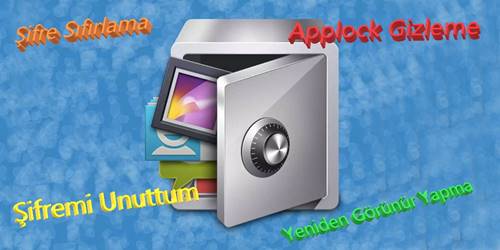


Here you can see a screenshot showing the EXE log where event 8003 indicates that a file would have been blocked These can be viewed in the following location Īpplication s and Service Logs\Microsoft\Windows\AppLocker This is where I typically recommend that you run AppLocker rules in “Audit” mode for a period of 30 days, defining the enforcement mode as “Audit only” in each of the four policies ĭuring the auditing phase time event logs are created with detailed information on the files being run and most important of all, whether they would have been blocked by enforcement of the policy.
APPLOCKER 2 HOW TO
The major issue for a lot of companies which want to push out AppLocker, is how to I determine that all of my clients are not going to be impacted by enforcing policies? If you don’t do this correctly you could end up in large numbers of users being unable to launch applications, so you need to proceed with caution. With the policy assigned, when an end user attempts to launch a non-approved application, they receive a blocked file dialogue box similar to this Implementing AppLocker The purpose of this primarily is a security concern, where a primary focus is those applications which can be run / installed under normal user context.Īdministrators usually thus start with a policy which whitelists default applications or they capture rules from a client device which contains all of the common applications An example of both is pictured below What Is AppLocker?ĪppLocker is a feature of Windows which allows administrators to control which applications can be launched on a device. In my second post of a series of posts on how we can utilise Log Analytics for automation and reporting, focusing on managing AppLocker in a more holistic manner.


 0 kommentar(er)
0 kommentar(er)
